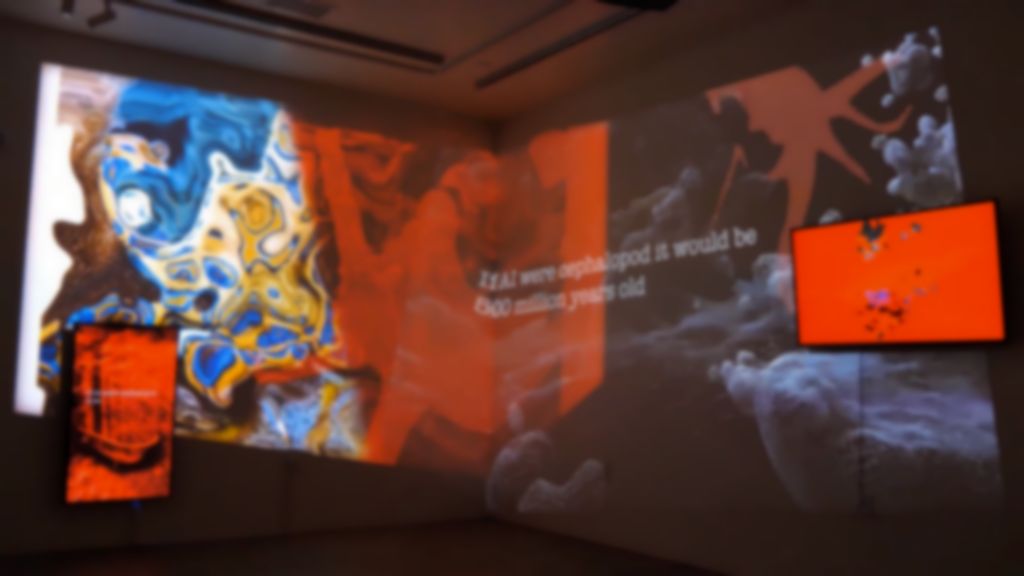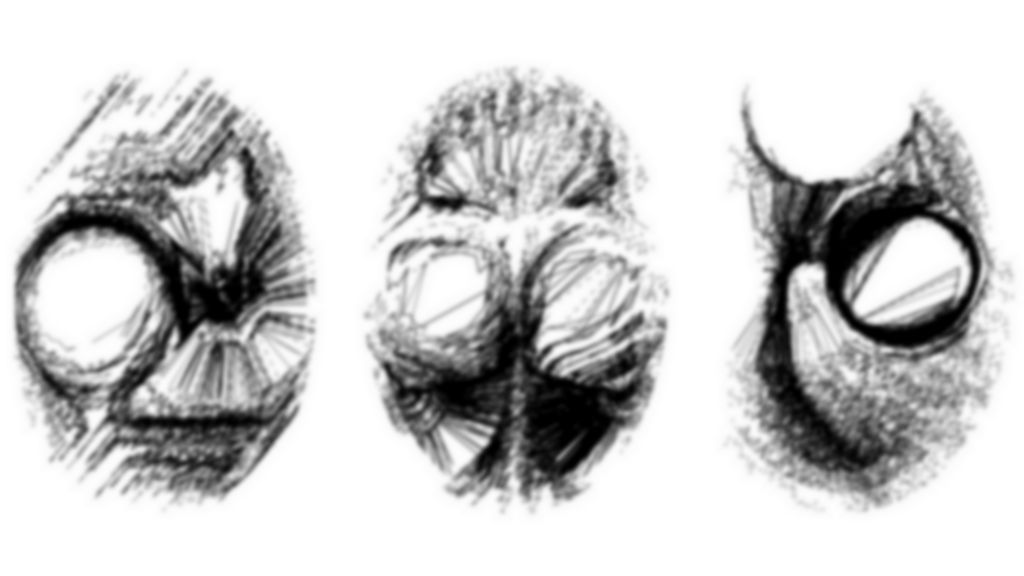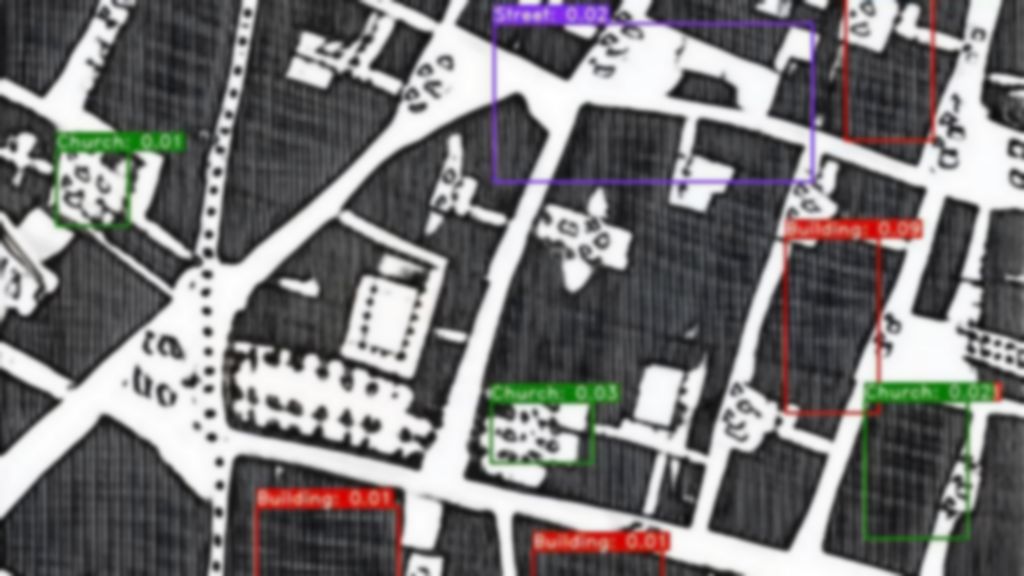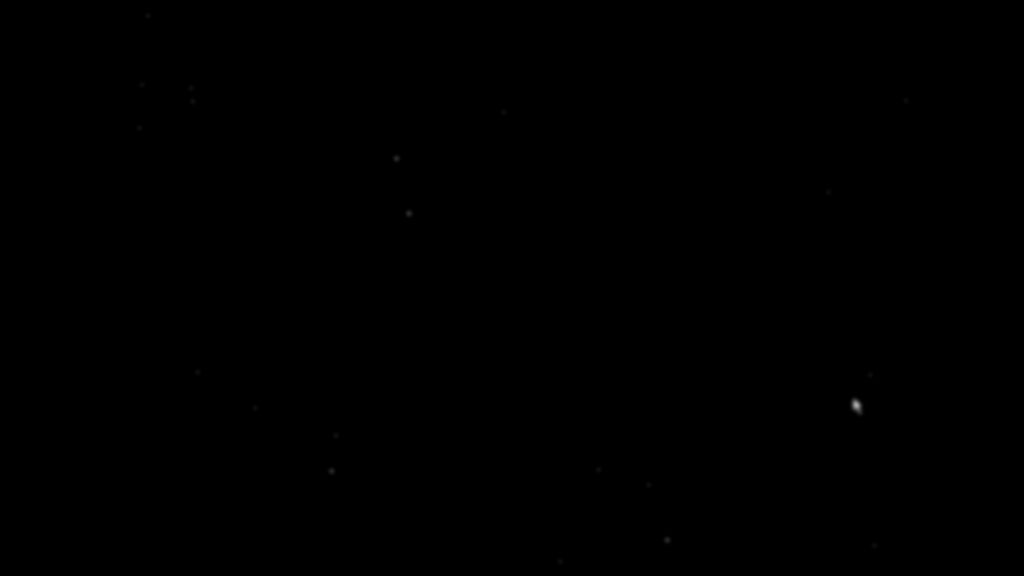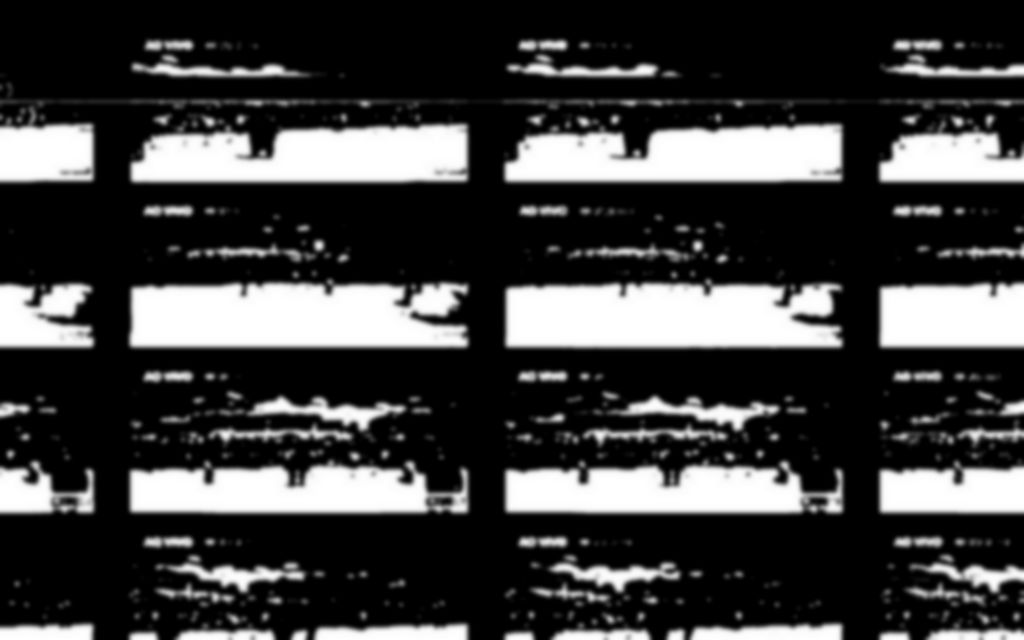
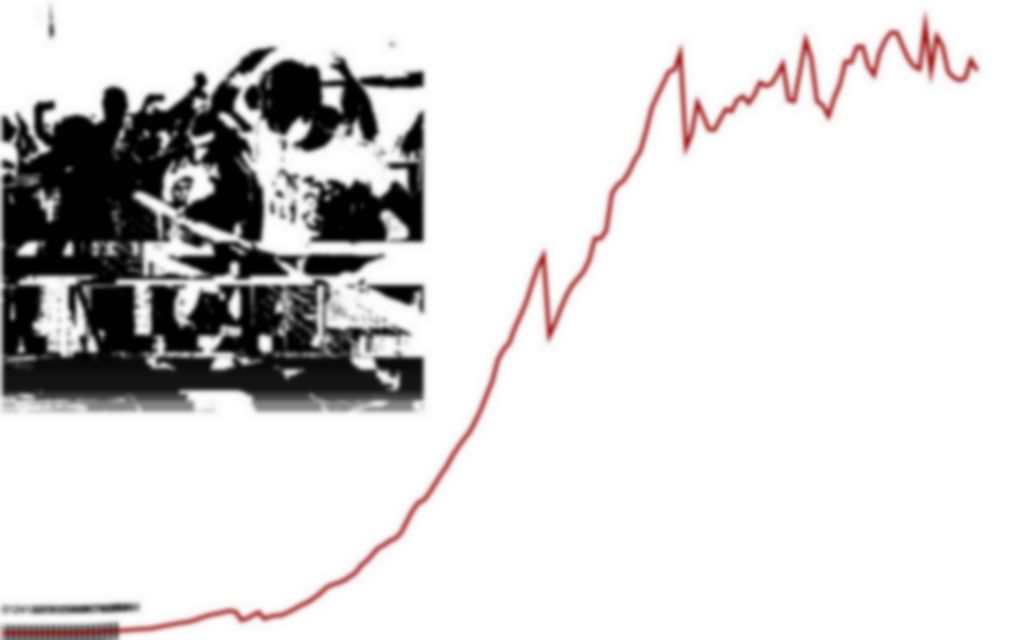
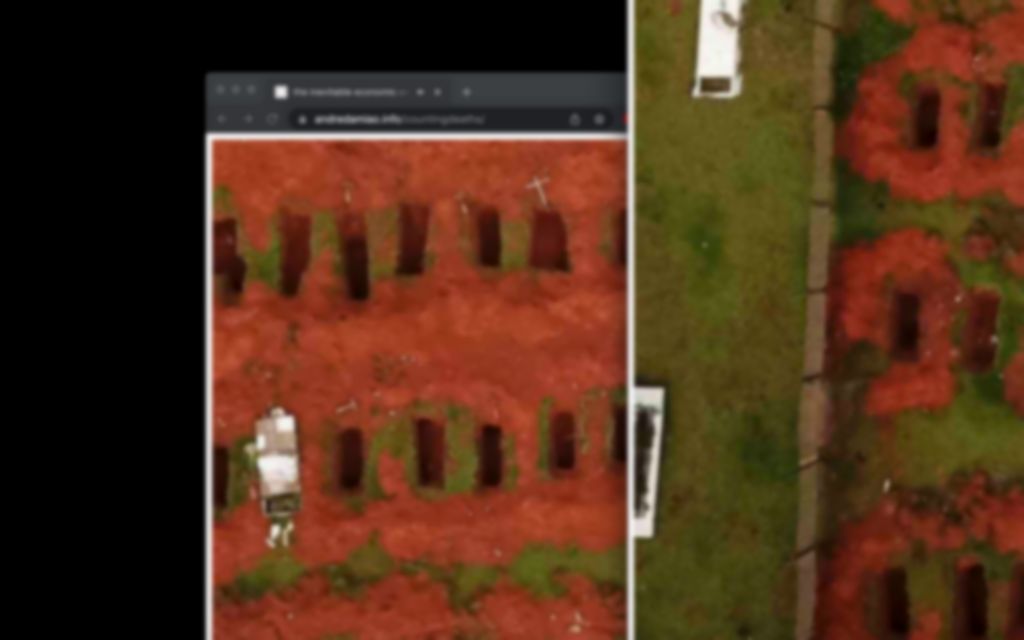
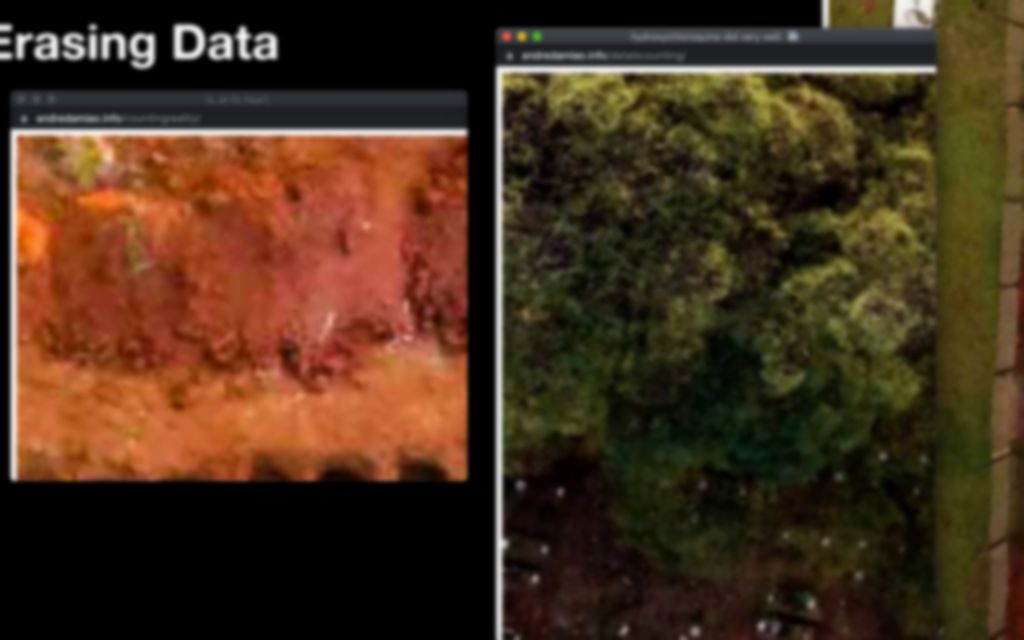
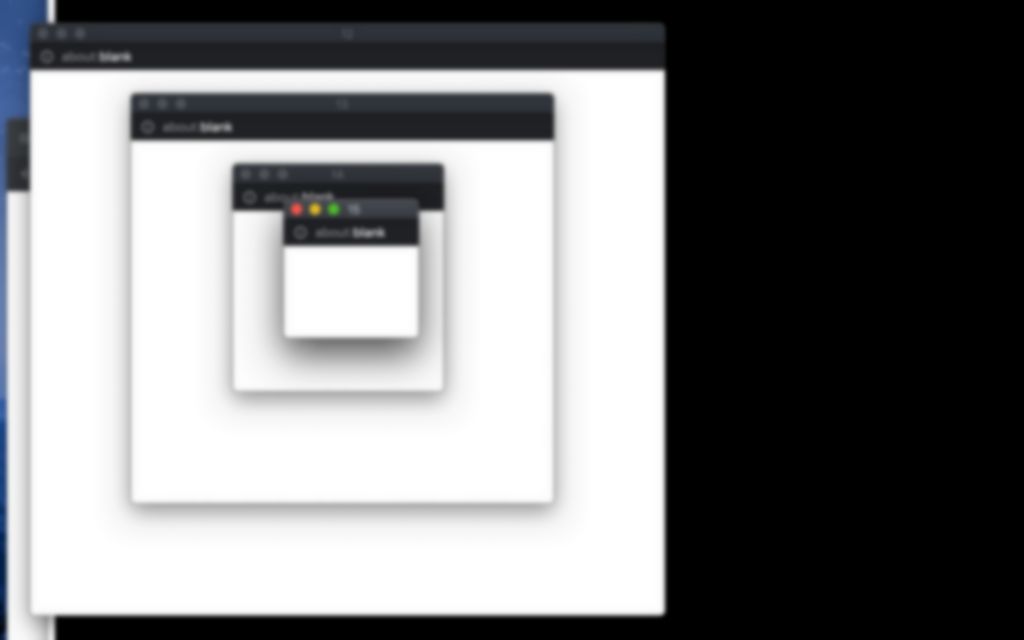
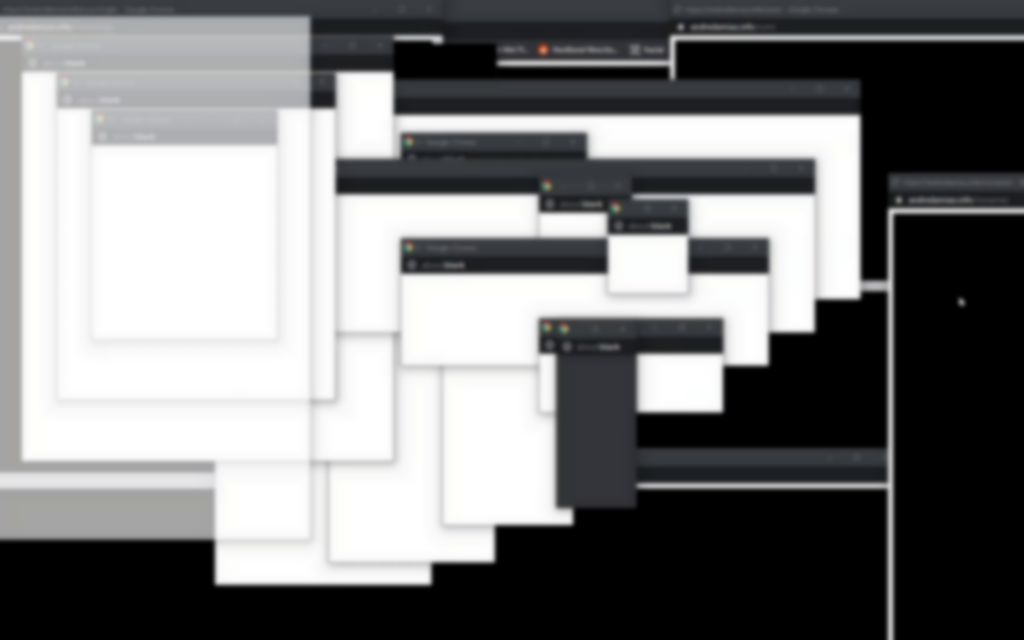
Chloroquine Popups
- BR
- 2020
- web artwork
- Fri2717:00
- 17:00
- Screen Dive Live Discourse, Maya Felixbrodt + Luke Deane Hosting
⚫ Screen Dive artists @ ZER0|1NE in a live zoom discussion
Chloroquine pop-ups is a web essay composed around the moment in which Brazil exceeded 100,000 deaths from SARS-CoV-2. The work exhaustively explores sound, visual and interactive elements of the web browser interface: pop-ups, mouse movements and the dragging of the windows constitute the ways of playing the instrument that performs this composition. The narrative proposed in the work is shown through images that formed part of the imaginary constituted during the quarantine period in Brazil until that moment. Some of these elements permeate the whole history, which are summarized in numbers. Counting, in this case, expresses not only the tautological and universal logic of the digital medium, but also the form in which we get gradually anesthetized throughout the days while listening to the announcements of hundreds of new deaths.
Word from the artist?
We live in a period of war in Brazil. At least this is the metaphor that the Brazilian State used repeatedly throughout the 2020 pandemic period. Since then, we have been hit daily by cannonballs through our screens and we replicate their shrapnel in the same way, illuminated by the light from our devices. However, we hear that government officials cannot know who would be our enemy in this confrontation. This is a cause for anguish, reiterated by the social isolation that distances us from most of the information that would not be mediated by buttons and speakers and, mainly, from the social spaces that constitute daily experience. The delay in the announcement of an opponent throughout the battle, added to the refusal of any change in the direction of the ship âoeorder and progressâ€, even during turbulence, leads us to believe that, again, the enemies would be those who were always in the hold of the vessel. The weight of the antagonist falls on whoever is in the subsoil of the ship that re-sinks at each turn. Because the shipwreck is part of this path, its event only makes explicit what is precarious in its strategy.
From a certain perspective, the lack of the enemy and the suppression of these layers of society are absences that complement each other, and form a large hollow space, which separates us from what happens in reality, because it only reiterates the same structural bases of this social architecture. While we wait for the invaders, bewildered within this void reconfigured by technology, we hear muffled announcements of hundreds of thousands of deaths. And that is the only true part of the war announced by the State. Death is the only expression of the real in the midst of the pandemic.
André Damião (1987) is an artist and researcher working transversely between the fields of music and media art. His work focuses on critique of technology, interface aesthetics, live coding, improvisation and mobility. He graduated in composition with an emphasis on electroacoustic music at State University of São Paulo (UNESP), and accomplished his Master and PhD in Creative Processes at the University of São Paulo, where he is a member of the Center for Research in Sonology (NuSom). Damião teaches composition and free improvisation at the São Paulo State Music School (EMESP Tom Jobim) and interaction design at the Istituto Europeo di Design (IED).
